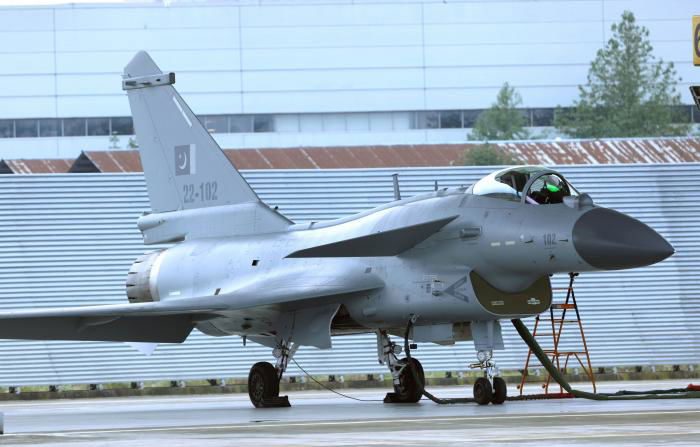SOURCE: AFI

In recent announcements, the Pakistan Air Force (PAF) has unveiled its strategic plans for aircraft procurement and modernization, shedding light on its future capabilities and challenges. Among the notable revelations is the intent to procure a Chinese FC-31 Stealth fighter jet, slated for production potentially in the 2030s. Concurrently, the PAF is also eyeing the development of the JF-17 PFX (Pakistan Fighter Experimental), a project that signals a rejuvenation of its existing fleet.
The decision to pursue the FC-31 comes as the PAF anticipates a shift in its combat aircraft inventory towards more advanced stealth capabilities. The FC-31, once operational, is expected to bolster Pakistan’s aerial defense posture, offering enhanced capabilities in reconnaissance, air superiority, and precision strike missions.
Meanwhile, the JF-17 PFX project underscores the PAF’s commitment to modernizing its existing fleet of JF-17 fighter aircraft. With plans to upgrade older Block-I and II variants to Block-III configuration, the PAF aims to maximize the operational lifespan of these aircraft while incorporating advanced avionics, radar systems, and weaponry. Some PAF watchers also call it to extend airframe life of the JF-17s as one that is under plans.
However, the path to modernization is fraught with economic and geopolitical complexities. Pakistan’s economic challenges, compounded by regional dynamics such as India’s procurement of Rafale fighter jets, have added pressure to the PAF’s strategic calculus.
To counterbalance India’s acquisition of Rafale aircraft, the PAF recently resorted to an emergency purchase of 25 J-10CE fighter jets from China, financed through credit loans. While this move addresses immediate operational needs, questions linger over the sustainability and long-term viability of maintaining a small fleet of J-10CE fighters.
Moreover, the PAF faces the impending retirement of aging aircraft, including Mirage-III/V and Chinese F-7P fleets, by 2030. Of particular concern are the F-16 MLU Block15/20 variants, which comprise a significant portion of the PAF’s F-16 fleet and are now over 40 years old. With only a handful of newer Block-50/52 F-16s in service, the PAF confronts the urgent need to modernize its air combat capabilities.
The induction of the FC-31 into the PAF’s inventory represents a pivotal step towards replacing the aging F-16 fleet. PAF observers speculate that the majority of F-16s could be phased out by 2035, with either the FC-31 or potentially the TAI Kaan fighter jets from Turkey serving as replacements.